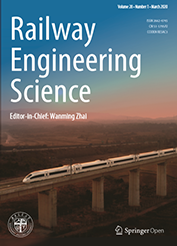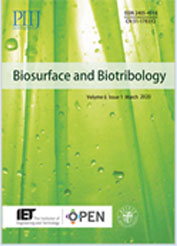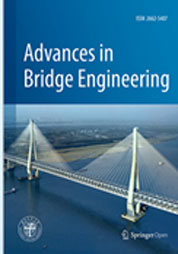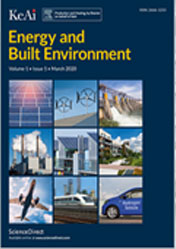Biosurface and Biotribology publishes peer-reviewed original research articles, topical reviews and communications focusing on the surfaces and tribology associated with biological systems. The topics include all aspects of tribology-related science and technology on natural biosurfaces, organs, tissues, body fluids, biomaterials and coatings, interfaces between biological tissues, medical, sport devices, articles for daily use as well as tribological design and applications of biomimetic or bioinspired devices and systems. Typical areas of interest include, but are not limited to:
Biosurfaces and Biointerfaces
·Surfaces and interfaces of biomedical devices and implants, such as cardiovascular devices, bone implants, hard and soft tissue substitutes
·Functional surfaces of biomaterials, surface modification and coatings, antibacterial and antifouling surfaces
Biotribiology
·Oral tribology, evolution of teeth, dental topography and wear, erosion and remineralization, dental materials, saliva lubrication, food processing and taste
·Synovial joints, articular cartilage, synovial fluid, artificial joint replacements
·Skin tribology, haptics, ocular tribology, tactile perception
·Other biotribological systems: ocular tribology, sport tribology etc
Bionic Tribology
·Biomimetic design of surfaces and tribological materials/devices, biomimetic applications to biosurfaces and composite systems
·Bio-inspired manufacturing
·Bio-inspired and biomimetic systems



